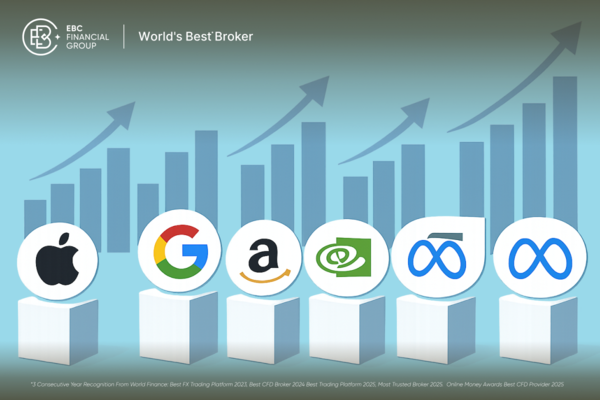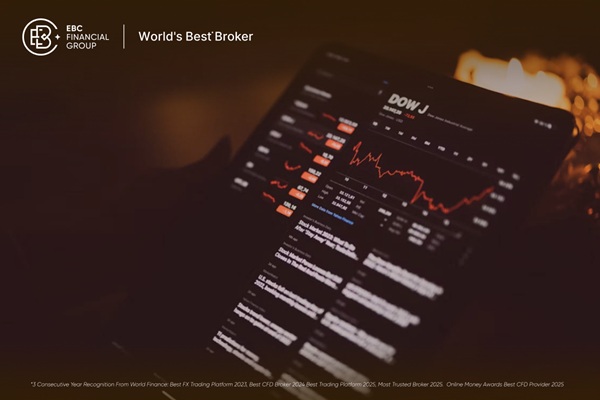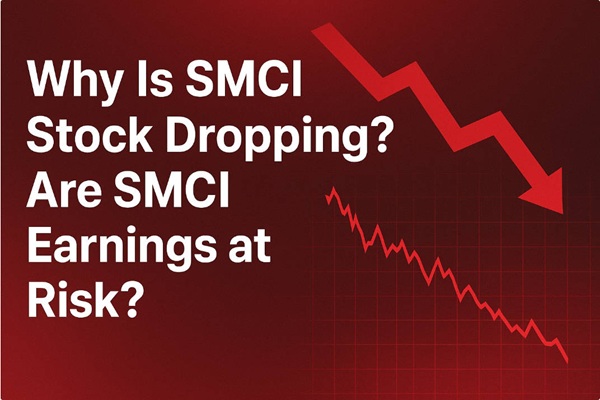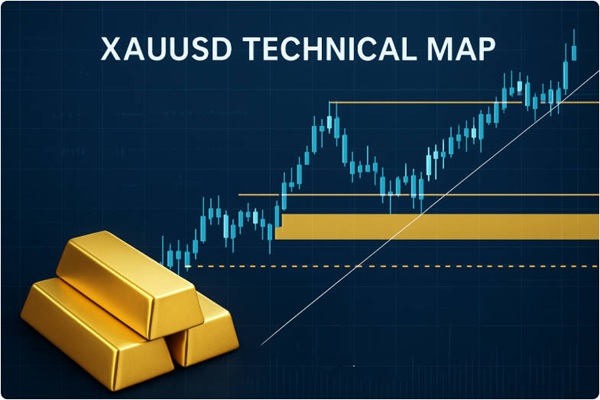Intel's share slide has become a key story for chip traders. The latest moves follow a weak quarterly result, a fresh credit downgrade, and deeper cost cuts. Together, these factors point to higher volatility in the short term. The core takeaway for traders today: earnings risk is still high, credit costs are rising, and product timelines are under the microscope. This keeps sentiment fragile until Intel proves cleaner execution and steadier margins.
Intel Earnings Miss: What the Numbers Say

Intel reported Q2 2025 revenue of about $12.9 billion, roughly flat year on year, but earnings stayed negative. GAAP EPS came in at -$0.67, while non-GAAP EPS was -$0.10. The quarter absorbed heavy restructuring charges of around $1.9 billion, plus roughly $800 million in impairments and about $200 million of other one-time costs. The company said it plans to reduce its workforce to around 75,000 by the end of 2025, which implies cuts of roughly 15% from the prior base. These actions aim to lower operating expenses, improve factory utilisation, and focus spending on priority nodes and products.
For traders, the data means near-term earnings are still under pressure. Margins will depend on how fast Intel can control costs and lift yields on leading nodes. Until the market sees a clearer path to positive non-GAAP EPS and firmer gross margins, the stock is likely to trade on headlines and guidance shifts.
Credit Downgrade: Why Fitch's Move Matters
Fitch Ratings cut Intel's long-term rating to BBB with a Negative Outlook. This places the company two notches above high-yield territory. Fitch cited weak profitability, rising competition, and execution risk around manufacturing and product roadmaps. While Intel's liquidity looks solid, management has indicated more than $20 billion in cash and short-term investments, plus access to undrawn revolving credit facilities. The downgrade still matters because it can lift borrowing costs. Higher funding costs can slow or reshape capital spending and may force tighter discipline on fab timelines. That, in turn, can affect product ramps if cash is prioritised or projects are sequenced differently.
For traders, credit spreads and any moves in Intel's bonds are now a live signal. Wider spreads can weigh on equity sentiment and make investors more sensitive to any negative surprises on earnings or guidance.
Restructuring and Layoffs: Execution Risk Ahead
Intel is cutting operating costs aggressively. The company has moved to a smaller workforce and is reassessing some factory projects. Reports indicate slower progress in Ohio and pullbacks in parts of Europe, with consolidation in Asia. Senior manufacturing leaders have also announced retirements, which adds another layer of transition risk. The aim is a leaner footprint, better factory utilisation, and a focus on the most important nodes and products.
These moves can help margins later, but they also increase execution risk in the near term. Traders will watch whether the company can hit cost targets without causing delays in the 18A process or its next wave of CPUs. Smooth delivery can spark relief rallies. Slips will likely bring fresh selling.
AI and Data Centre Outlook: Competitive Pressure
The centre of gravity in chips remains AI. NVIDIA leads in accelerators, AMD is pushing hard with its new GPU and CPU platforms, and TSMC continues to anchor leading-edge manufacturing for many of these wins. Intel's data centre and AI revenue has not kept pace with its fastest peers. On the PC side, revenue has felt steadier, but competition from AMD and new Arm-based designs is rising.
For sentiment, this means the market is rewarding clear AI execution and reliable roadmaps. Intel's path to a re-rating depends on proof that its 18A node is working at scale and that its next CPU platform can land cleanly. Any firm evidence of progress can shift tone, but traders will want hard signs such as yield updates, customer commitments, and shipment timing.
Guidance and Catalysts: What to Watch Next
Management guided Q3 revenue to about $12.6–$13.6 billion and indicated GAAP EPS around -$0.24, with non-GAAP near breakeven at the midpoint. This sets a tight bar. Any move away from these figures will likely move the stock sharply.
Key near-term catalysts include:
-
18A manufacturing checkpoints and yield commentary.
-
Panther Lake timing and any third-party performance data.
-
Updates on foundry customer traction and orders.
-
Progress on operating expense targets and gross margin improvement.
Any changes in fab plans, site consolidations, or incentive frameworks.
These items are practical, tradeable signals. If yields firm and launches hold, short covering and momentum buying can appear. If guidance weakens or yields look soft, the name can fall lower quickly.
Chip Sector Reaction: Correlations and Rotation
When Intel drops on negative headlines, we often see rotation into peers with stronger AI exposure. AMD and NVIDIA can sometimes catch flows on the same day, while equipment names and memory can trade off depending on capex and demand signals. The NASDAQ and broader chip indices move with macro factors, but Intel-specific news has lately caused idiosyncratic swings.
This pattern matters because traders use it to hedge or express relative views. Intel's weakness can translate into pair trades or sector rotations, especially around earnings, rating changes, or roadmap updates. Keep an eye on how peers react to Intel news days, as it can hint at positioning and risk appetite.
Liquidity and Balance Sheet: A Cushion, Not a Cure
Intel's cash and short-term investments above $20 billion provide a cushion. The company also has access to undrawn revolving credit lines. This liquidity supports ongoing operations and gives management some flexibility as it resets costs and timelines. But liquidity alone does not change the earnings profile. The market wants to see stronger margins and a reliable product cadence. Until then, liquidity limits downside shock but does not guarantee a quick recovery in the share price.
Simple Takeaways for Traders
-
Earnings risk remains high. The company guided close to breakeven on non-GAAP EPS for Q3. Small misses can move the stock a lot.
-
Credit conditions are tighter. The BBB/Negative rating raises the bar for big capex plans and puts more focus on free cash flow.
-
Execution is key. Yields on 18A, clean launch timing for Panther Lake, and signs of foundry traction are the most important signals.
Headlines will drive the tape. Expect sharp moves on guidance tweaks, fab updates, and any leadership or board news tied to execution.
Short-Term Outlook: Volatile and Event-Driven

Over the next one to two quarters, Intel's stock is likely to stay choppy. The downside case is another guide cut or weak yield talk. The upside case is clean proof of 18A progress and firmer margins. Between these poles, the tape will react to every new data point. Traders should watch the timing of product updates, the pace of cost savings, and any hints that major customers are committing to new nodes or foundry slots.
Bottom Line
Intel's share decline reflects a tough mix of weak EPS, a credit downgrade, and a complex restructuring. The news flow will remain heavy until the company shows stable yields, on-time launches, and better margins. For now, the stock trades on events and execution, not on long-term promises. The next strong move, up or down, likely comes from clear signals on 18A and the next CPU cycle, plus any change in guidance that shifts the earnings path.
Disclaimer: This material is for general information purposes only and is not intended as (and should not be considered to be) financial, investment, or other advice on which reliance should be placed. No opinion given in the material constitutes a recommendation by EBC or the author that any particular investment, security, transaction or investment strategy is suitable for any specific person.



























